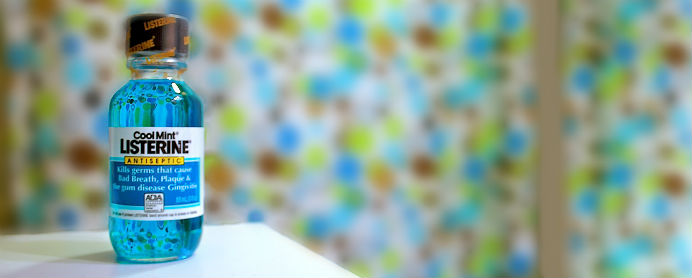
The oral prescription treatments for onychomycosis (nail fungus or toenail fungus) are associated with several and potentially severe side effects (Liver Damage). As a result many people turn to natural, alternative, home remedies to treat their onychomycosis. Do any of these remedies work? If so, which ones? Are they safe?
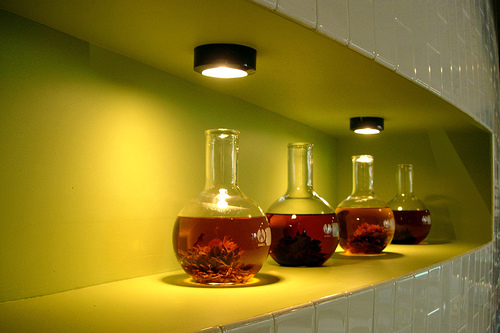
There are a number of home remedies that have been tried over the years to treat onychomycosis and fungal nail infections. The problem with all of them and even with topical prescription medicines is that the remedy is not always able to penetrate the nail to the site of the infection. This keeps many home remedies from being very effective on onychomycosis. Also, there are no clinical trials that have looked at the various home remedies in the treatment of nail fungus. On the other hand, there is very little risk associated with the popular home remedies and most are inexpensive. Also there is some anecdotal evidence that they could work for some people.
Just as with prescription onychomycosis treatments, if the nail bed and lunula are affected, topical, over-the-counter, home remedies will not be effective. An oral medication is required and, currently, these medications are only available with a prescription.
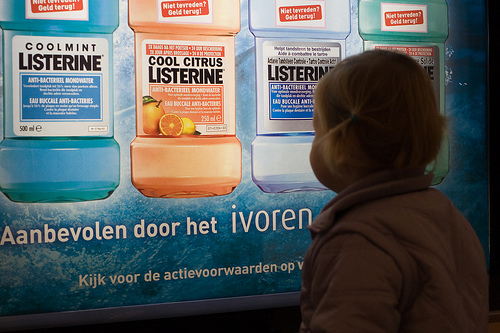
One of the popular, inexpensive treatments that has been tried is to soak fingernails or toenails in Listerine. Listerine contains ethanol, thymol, eucalyptol, and benzoic acid. Listerine is known to kill bacteria and has recently been shown to have antifungal properties. In fact, this treatment was potent against Candida infections which cause one of the four main types of onychomycosis. Therefore, Listerine could theoretically eradicate a nail fungus infection if it could penetrate to the site of the fungus.
No clinical trials have been performed looking at Listerine and onychomycosis but proponents of the treatment suggest soaking fingernails or toenails in Listerine for 10 minutes each night. Listerine’s ability to kill dermatophytes is less impressive and less well known. Since most onychomycoses are caused by dermatophytes, Listerine may not be universally effective.
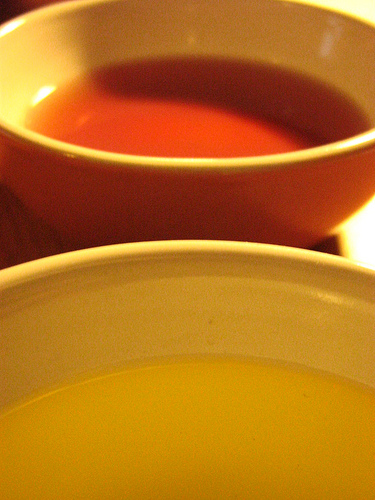
Another onychomycosis along these same lines is vinegar. Vinegar, also known as acetic acid, can potentially destroy the dermatophytes that cause onychomycosis. The process is the same for Listerine—people that would like to try this remedy should soak their fingers or toes in one part vinegar and two parts water for 20 minutes per day. Treatment should be continued until symptoms resolve or the skin around the nail becomes irritated. There is no advantage to using apple cider vinegar versus other vinegar types since they all contain acetic acid primarily. Also, over-the-counter preparations that contain acetic acid as their primary ingredient are not more or less special than plain vinegar.
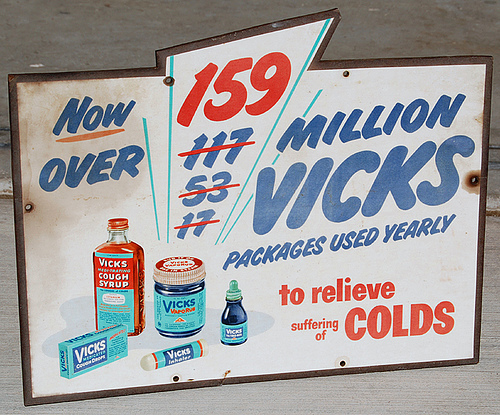
One of the more promising home remedies for onychomycosis is Vicks VapoRub. Again, there are no clinical trials supporting this treatment, however physicians have witnessed improvements in some people using this ointment. Why might this home remedy work where others fail? In the case of Vicks VapoRub it is as much about the carrier as it is about the active ingredient. The oils and petroleum jelly in Vicks can dissolve and soften the nail when used repeatedly over time. This allows the active ingredients like menthol to penetrate the nail and fight the fungal infection.
The only really way to use Vicks VapoRub is topically; the precise “dose” and duration of therapy is anyone’s guess. Many people apply it to their affected toenails or fingernails at night and wear a sock or glove to keep the Vicks VapoRub next to the nail. Unfortunately this also tends to hold moisture next to the nail and moisture promotes fungus growth. If you are going to use Vicks VapoRub and a sock or glove, make sure the covering is 100 % cotton and “breathes” to prevent moisture accumulation.
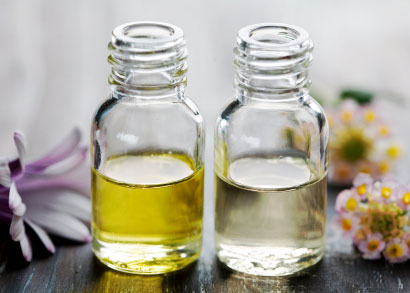
One natural product that has fairly impressive antifungal activity is tea tree oil or Melaleuca alternifolia. When used in vitro (meaning in a dish), tea tree oil was able to kill or inhibit all of the major causes of onychomycosis including Trichophyton rubrum, Trichophyton mentagrophytes, and Candida species. There have been two clinical trials of tea tree oil on onychomycosis one showing a 20% cure rate and the other showing a 0% cure rate. Apparently 100% tea tree oil needs to be used to see an effect. While cure was only achieved in a fraction of patients (or none) nail appearance improved in many more.
Interestingly tea tree oil was very effective in treating tinea pedis, a superficial fungal infection of the foot. In this case the topical agent can easily reach the offending fungus.
One topical treatment that contains Tea Tree Oil is Zetaclear.
Another herbal preparation that has some antifungal activity is Camellia sinensis or green tea extract. In a dish, this herb was able to kill Candida glabrata. It is affect on dermatophytes is unknown and there have been no clinical trials to determine if it has an effect on patients with onychomycosis.
http://toenailfungustreatments.com/nail-fungus-remedies-and-alternative-medicine-do-they-actually-work
My friend mentioned to me your blog, so I thought I’d read it for myself. Very interesting insights, will be back for more!
ReplyDeletemicose de unha
This post is extremely radiant. I extremely like this post. It is outstanding amongst other posts that I’ve read in quite a while. Much obliged for this better than average post. I truly value it! best homeopathy clinic in hyderabad
ReplyDelete